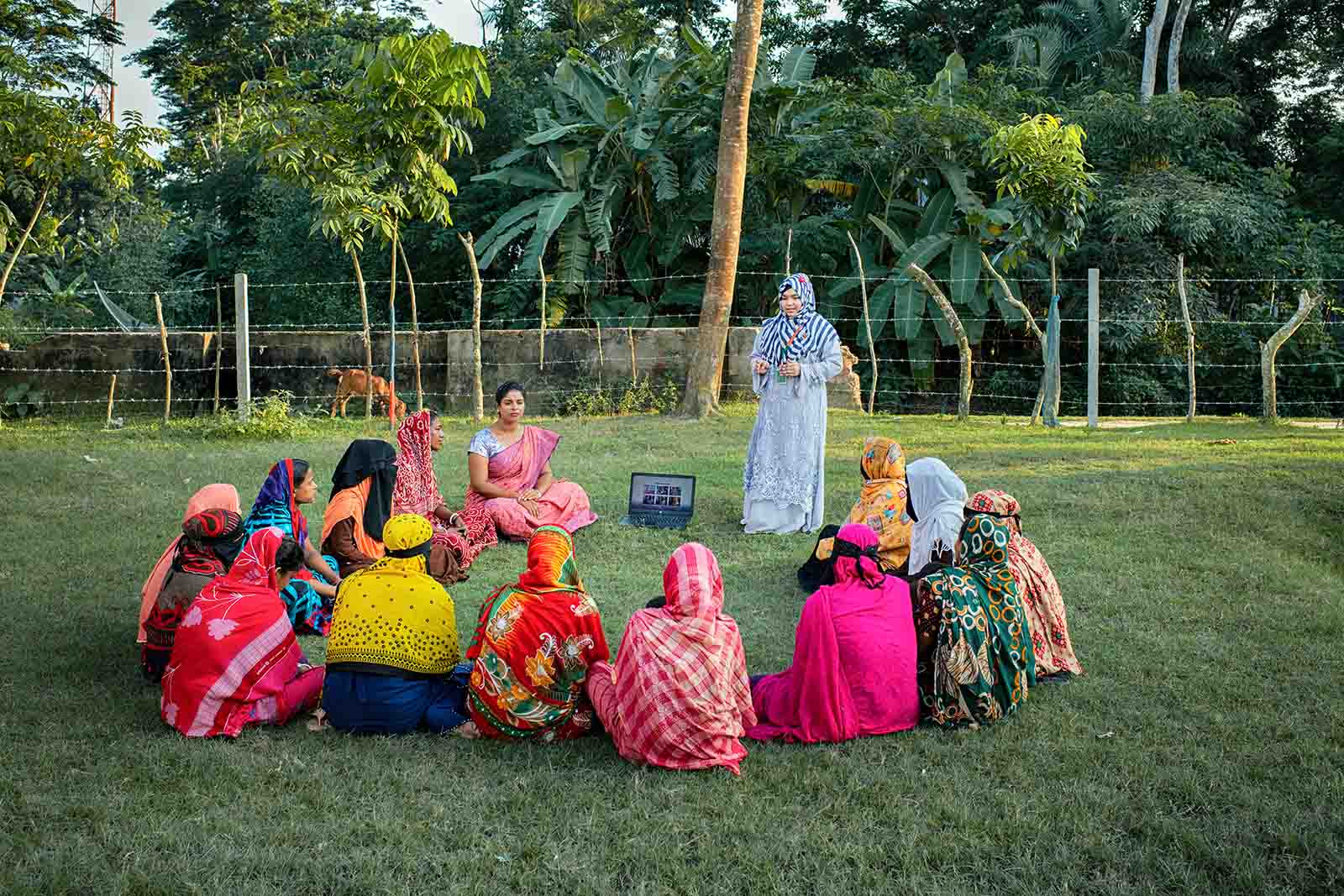
Multiple crises impeding global efforts to tackle hunger – 2023 Global Hunger Index
Multiple over-lapping crises are impeding global efforts to tackle hunger, according to the 2023 Global Hunger Index (GHI) published today, which shows that hunger levels are at “serious” or “alarming” levels in 43 countries.
“Today’s report spells out the scale of the impact which multiple crises -- including the fallout from the COVID-19 pandemic, the Russia-Ukraine conflict and climate disasters -- are having on some of the world’s poorest people,” said David Regan, Global Chief Executive Officer of Concern Worldwide, which is one of the report’s co-authors.
The GHI scores countries using a 100 point severity of hunger scale (see Notes to the Editor).
Nine countries in this year’s report are experiencing “alarming” levels of hunger. They are: Burundi; Central Africa Republic; Democratic Republic of Congo; Lesotho; Madagascar; Niger; South Sudan; Somalia; and Yemen.
The report shows that progress against hunger worldwide has largely stalled, with 14 countries with moderate, serious or alarming hunger scores showing improvements of less than five percent this year compared to 2015. For 18 countries, hunger scores increased since 2015.
However, despite the global challenges some countries continue to make progress in reducing hunger since 2015, including Bangladesh, Chad, Djibouti, Lao PDR, Mozambique, Nepal and Timor-Leste.
The 2023 report also focuses on the future food needs of the world’s current young population – the majority of whom live in low- and middle-income countries in south Asia, east Asia and Africa. Currently 42% of the world’s population is aged under-25.
“They are emerging into adulthood in a context of inherently unequal and unsustainable food systems that fail to deliver food and nutrition security and are highly vulnerable to climate change and environmental degradation,” according to young academics Wendy Gexa and Mendy Ndlovu from the University of KswZulu-Natal, South Africa.
In their essay, commissioned for the report, they warn that young people are inheriting food systems that are failing on multiple fronts.
Food systems are the network of activities required to produce food and get it to consumers. It includes production, processing, transport and consumption.
“The 2023 GHI highlights the reality that youth are suffering disproportionately from the devastating failure of current food systems. Fundamental change must happen.” Concern Worldwide Global Chief Executive Officer David Regan said.
“Governments must enable young people everywhere to bring their energy and innovation to define the future food and agriculture systems, improving nutrition while strengthening the resilience of the local food systems under most ecological and climate stress.”
Concern Worldwide and GHI co-authors German non-government organization Welthungerhilfe are calling for increased representation of young people in policy making and decision making when it comes to food systems. Governments must improve young people’s access to productive resources, reform land and property rights and enable young people to profitably and sustainably engage in farming.
“Governments need to break down the barriers to their full participation in food systems and invest in training and education,” Mr Regan said. “Agriculture and food systems must be promoted as viable and attractive livelihoods. Meaningful engagement of young people can unlock their potential as innovative agents of change and harness their energy and dynamism to transform food systems.”
To read the 2023 GHI report visit https://concernusa.org/project-profiles/global-hunger-index/.
Notes to editor
The GHI, now in its 18th year, ranks countries based on four key indicators:
- Undernourishment – the share of the population with insufficient caloric intake;
- Child stunting – the share of children aged under-five who have low height for their age , reflecting chronic undernutrition
- Child wasting – the share of children aged under-five who have low weight for their height, reflecting acute malnutrition
- Child mortality – the share of children who die before their fifth birthday, partly reflecting the fatal mix of inadequate nutrition and unhealthy environments.
Countries are scored on a 100 point severity of hunger scale where zero is the best possible score (no hunger) and 100 is the worst:
- Extremely alarming -- equal to or greater than 50
- Alarming – 35 to 49.9
- Serious – 20 – 34.9
- Moderate – 10 -19.9
- Low – equal to or lower than 9.9
Connect With Us
If you would like to speak to a member of our team about any aspect of our work, please get in touch with us using the details below.
- Contact Candance

Candance Patel-Taylor
Vice President of Communications
